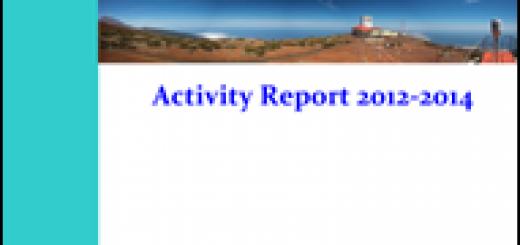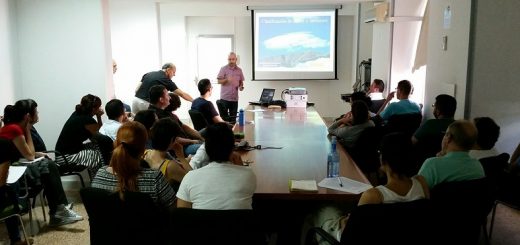Lunar Photometry Campaign and Workshop Izaña 2017
![]()
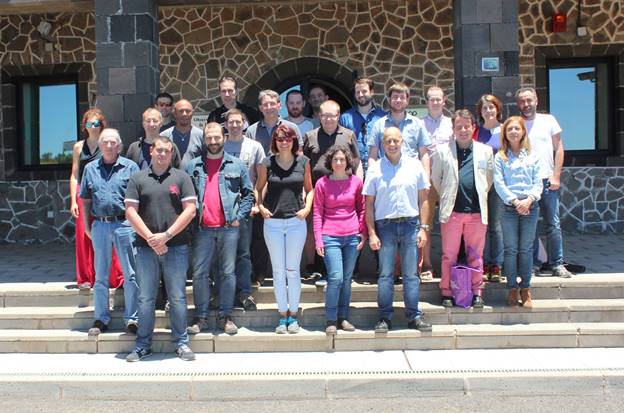
Between June 1th and 17th, a Lunar Photometric Campaign was host at the Atmospheric Observatory of Izaña. In addition, on June 7th and 8th, a workshop on the same theme was held at the observatory. These events were organized by the Izana Atmospheric Research Center (IARC) and the Atmospheric Optics Group of Valladolid University (GOA-UVa) in the framework of the WMO-CIMO Testbed for Aerosols and Water Vapour Remote Sensing Instruments of the World Meteorological Organization.
The importance of the atmospheric aerosol effect on climate has been known by the scientific community for several decades. However, the main methodology used to characterize the atmospheric aerosol, solar photometry, is not able to provide information for long periods in polar areas and high latitudes. This reduces the ability of scientists to study for example the Arctic haze events. In general the lack of data in polar areas affects the validation of global aerosol dispersion models.
The objective of this campaign is to intercompare the instruments and procedures currently being used to determine the aerosol optical thickness at night, which mainly using the moon as a reference. This campaign involves the Izana Atmospheric Research Center, the Atmospheric Optics Group of Valladolid University, the Photons group of the University of Lille, France, the World Radiation Center (PMOD/WRC) in Davos, Switzerland, the Institute of Atmospheric Sciences and Climate of Italy, the French company CIMEL electronique, manufacturer of the CE318T photometers used in the AERONET network, the company SIELTEC Canarias, manufacturer of the SONA AllSky camera, the German Deutscher Wetterdienst, the Atmospheric Physics Group of the University of Granada and Astrophysics Institute of the Canary Islands. These last two groups participate with instruments that use stars instead of the Moon to determine the aerosol optical thickness. The IARC also has a micro-pulsed Lidar capable of providing aerosol information at night.
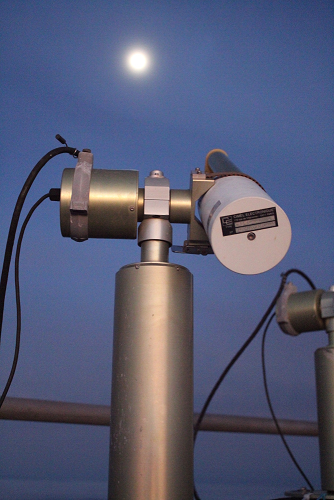
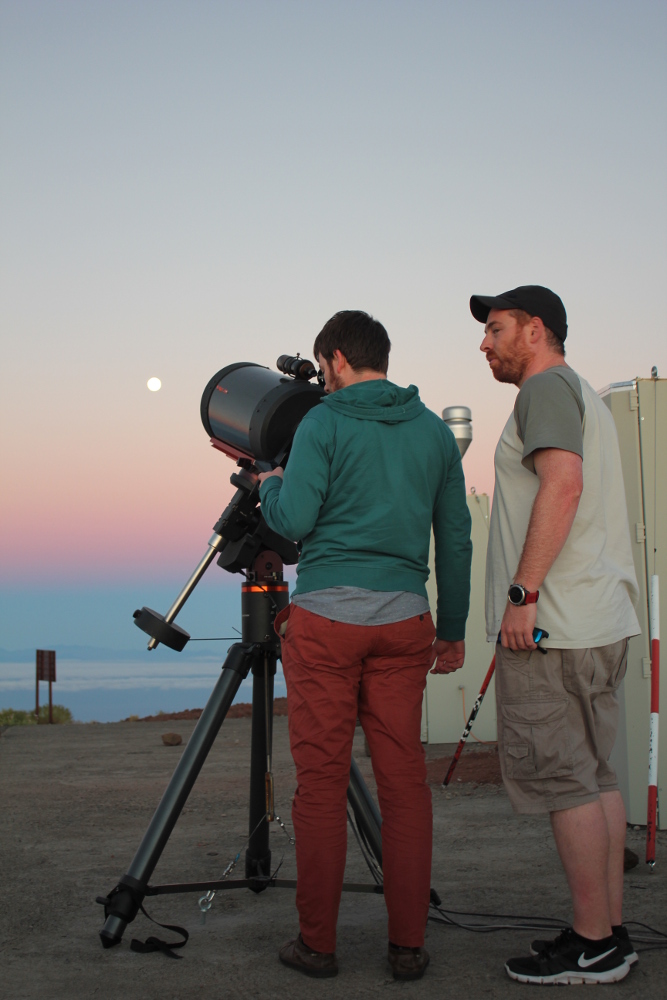
During the Workshop, we discussed the most appropriate methodologies to obtain optimal results with the lunar photometers. This meeting has facilitated the exchange of ideas and experiences between participants in order to promote the research in this area. Groups from the United States Geological Survey, the NASA AERONET group, the University of Sherbrooke of Canada, the Institute of Physics of the Czech Academy of Sciences and the Finnish Meteorological Institute have also participated in the Workshop.


